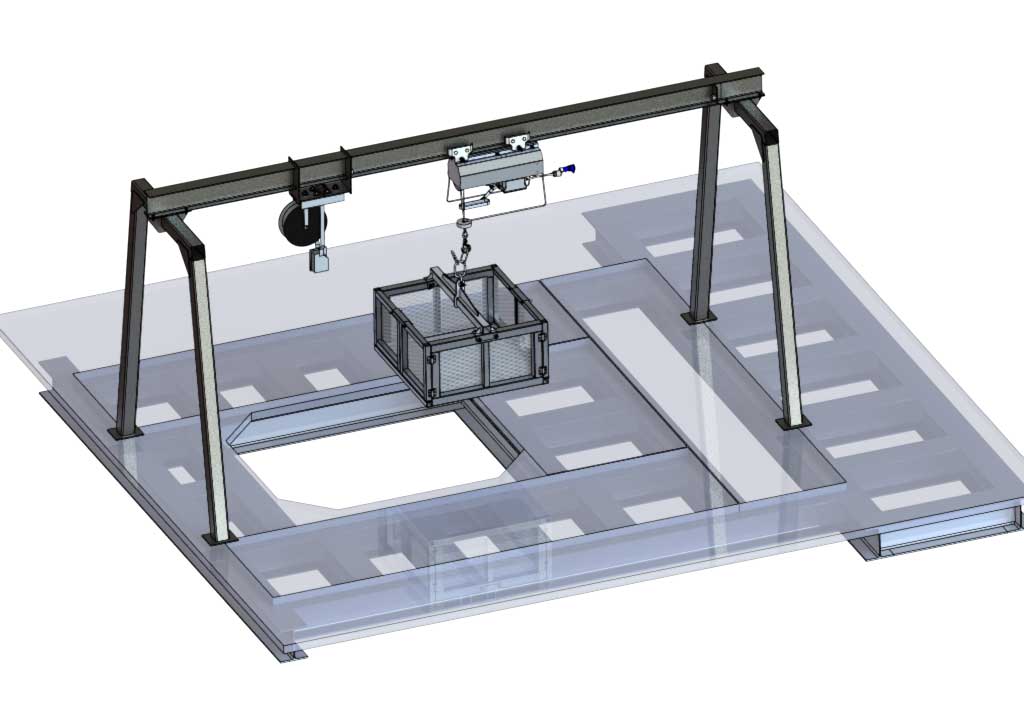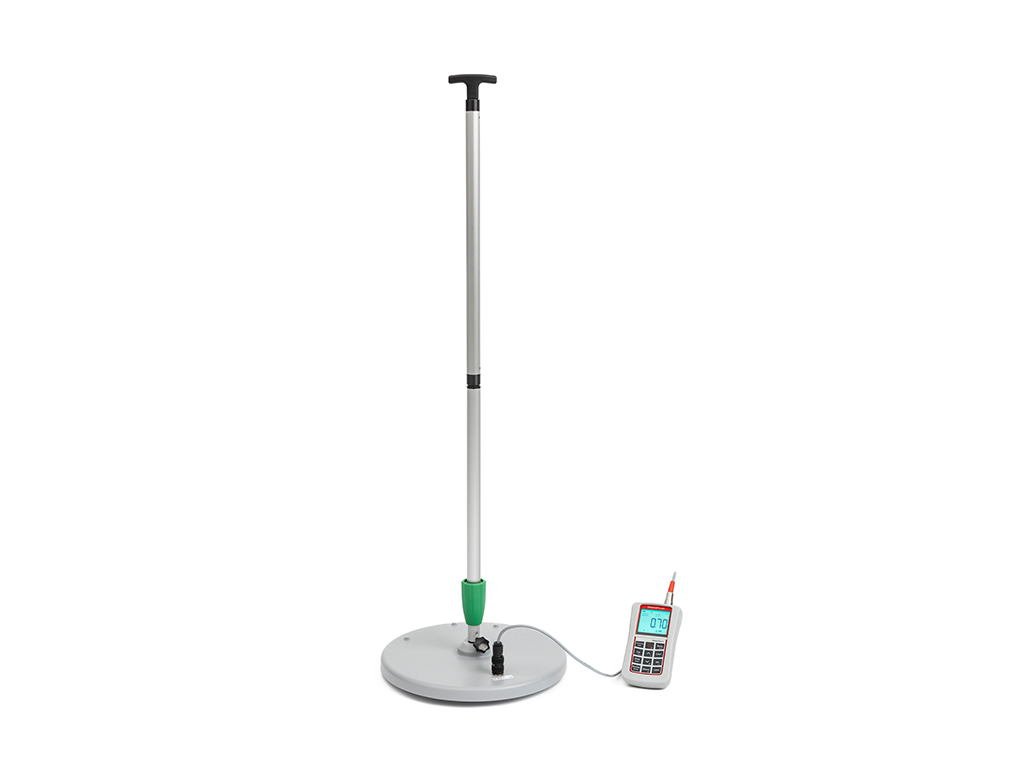Tips to Maximize Bricking Machine Longevity
Refractory installation is a demanding application. Thankfully, Bricking Solutions has developed a full line of equipment to make the job easier — and safer — for crews. But harsh kiln environments still take a heavy toll on bricking machines and other equipment.
Routine maintenance is vital for bricking machine longevity. At the end of a shift, it might be tempting to forego routine maintenance, but taking the time to care for your bricking machine will ensure it’s in good working order when you need it — for decades to come.
To make things even easier, our experts have also compiled six tips to help protect your investment and keep your bricking machine in top form.
1. Take Ownership
Refractory installation contractors who provide their own bricking machine don’t need to be reminded of the value that investment has on their operation — and how important it is to keep up with routine maintenance to maximize its longevity.
However, for facilities that provide a bricking machine for use by a third-party, it’s important to designate an employee who is responsible for the machine. This employee can work with the bricking crew to ensure the facility’s bricking machine is handled properly during setup, operation and teardown. He or she can also track parts or systems that might need to be repaired after operation by performing after-use inspections and routine maintenance.
By having an employee with intimate knowledge of the equipment, facilities can rest assured that the bricking machine is well cared for and ready for operation when it’s needed, helping ensure a successful shutdown and relining project. It also increases rig longevity and overall ROI.
2. Follow Instructions
From setup and operation to tear down and storage, following manufacturer recommendations is the best way to ensure your bricking machine is ready when you need it. That’s why we offer onsite training with the commissioning of each bricking machine and follow-up training as part of our technical service offerings. However, we recommend operators frequently review these procedures in-house since the crew on the jobsite tomorrow might not be the same as the one on hand for the initial training.
Follow operational and maintenance instructions for all bricking machine components, but there are a few systems which might require extra care and attention. Chief among these is the arch’s pneumatic system. This system is standard on every bricking machine and powers pneumatic cylinders that push the bricks into place, vastly reducing the risk of crew injuries from unsupported overhead bricks which is common with earlier bricking methods.
In addition to a visual inspection of the pneumatic cylinders before use, operators should also make sure the oil reservoir is full and the lubricator filter is working properly. Two to three drops of oil should fall each time the master valve is cycled. Air pressure should also be double-checked. The system requires 90 to 120 psi for proper function. During operation, masons should keep an eye on oil levels and air pressure. This system is also vulnerable during transportation, since the lubricator filter can be damaged by accidently striking it against a wall or other surface. Use a spotter during transportation and take care when hanging or leaning the machine against a wall to ensure all systems are undamaged and ready for operation next time the rig is needed.
To ensure the best practices for your particular model, please refer to instructions in your operator’s manual. If you cannot locate the manual, please contact your local agent for a digital version, or contact our service team directly. We are also happy to answer any maintenance questions if you are unsure about our recommended procedures. A phone call or email to one of our technicians is much more convenient than emergency repairs that can put you behind schedule and over budget.
3. Keep it Clean
Kilns are dirty. Left unchecked, the dust and debris that accumulates on a bricking machine during refractory installation can shorten useful life and increase maintenance costs — especially for pneumatic cylinders. For optimum performance, keep your bricking machine clean.
Wipe down cylinder rods and other surfaces after each shift. Once the job is complete, a more thorough cleaning is necessary before storage. Clean the arches, handles and cylinder bodies.
To prevent rusting, open the bleed valves and drain any moisture. Leave valves open during storage since changing temperatures could create condensation.
4. Check and Double Check
After an installation, it’s natural for exhausted crews to want to call it a day as quickly as possible — even if that means cutting short certain maintenance procedures. But, as the saying goes, “An ounce of prevention is worth a pound of cure” — especially in the refractory industry where even a slight delay can cost facilities millions of dollars in lost production.
Here are some key areas to focus on for after-use evaluation:
Machine Frame
- Visually inspect all welds — including frame and all structural members such as leg and outriggers — for cracks, stress or distortions.
- If your machine is eight years or older, we recommend a dye test to ensure the viability of welds with follow up testing every two years thereafter.
Arch Trolley Cart
- Visually inspect trolley cart for stress and weld cracks.
- Ensure wheels are lubricated and in good working condition. Lubricate with standard grease if necessary.
- Check condition of pins, locks and brakes.
- Inspect arch adjustment plates for sagging or bending.
Arches
- Visually inspect all panels for cracks, stress or distortions.
- Ensure all ledges are straight and free of major gouges.
- Make sure hinges are in good working order.
Cylinders & Rubber Bumpers
- Make sure cylinders extend and retract freely and aren’t leaking.
- Handles should be free of damage.
- Bumpers should not be able to rotate more than 10 degrees and be free of major gouges.
- Check quick connections for cracks and leaks.
- Inspect hoses for cracks and leaks.
Keying Jack
- Make sure hoses and fittings are free of leaks, damage and debris.
- Ensure gauges work properly.
- Ensure fingertip control and foot treadle are in good working order.
- Visually inspect the swivel feet for cracks and damage.
Our technicians work hard to provide the parts and services you need quickly — with overnight shipping available on most in-stock parts for orders received by 2 p.m. PST —but some manufactured parts require lead times of up to two weeks. Carefully inspecting and evaluating your bricking machine at the end of operation ensures maximum lead time for any necessary parts orders or repairs.
5. Proper Storage
Once your machine has been cleaned, inspected and disassembled, it’s time to decide where to store it until the next installation. We recommend storing bricking machines and all support equipment away from the burner to avoid unnecessary heat damage. We also recommend investing in a container that will allow you to keep all components together, which is why we offer an optional 20-foot storage unit with custom shelves and racks to help keep machine components protected and contained during storage.
6. Pick the Right Partner
After five years, we recommend on-site equipment inspections annually or every two years as part of our Equipment Safety Evaluations. These one- or two-day evaluations are conducted by experienced Bricking Solutions technicians and include a visual inspection, safety and machine systems testing. A complete report of findings, as well as recommended repairs and replacements, is provided. In addition to the inspections, the two-day evaluations allow for overnight shipping of parts and installation by the technician, as well as additional employee training on setup, teardown and other key operations as time allows. Equipment inspections and recertification helps facilities and contractors remain compliant with regulations and provides assurance that equipment is safe and ready for operation.
A bricking machine is a significant investment. And, with proper care and routine maintenance, it can last several decades, making that investment a long-term one. For that reason, it’s important to choose a manufacturing partner with proven longevity in the industry and a commitment to continued service.
With more than 50 years in the refractory installation industry, Bricking Solutions has an impressive record of safety and efficiency-enhancing innovations with a number of operations worldwide. Our bricking machine is the lightest, strongest and safest machine on the market.
They are built to last — even in the harsh conditions of refractory installation — but we back up our products with industry-leading technical services.
For more information on our Bricking Machine Evaluation process or to make an appointment with our service team, call 360-794-1277 or email Bricking Solutions today.


















